Looking at Trees: This book wants you to think about forestry
Some of nature’s greatest offerings line the streets we walk on every day – Sophie Howarth wants to make sure people appreciate them, writes Liam James
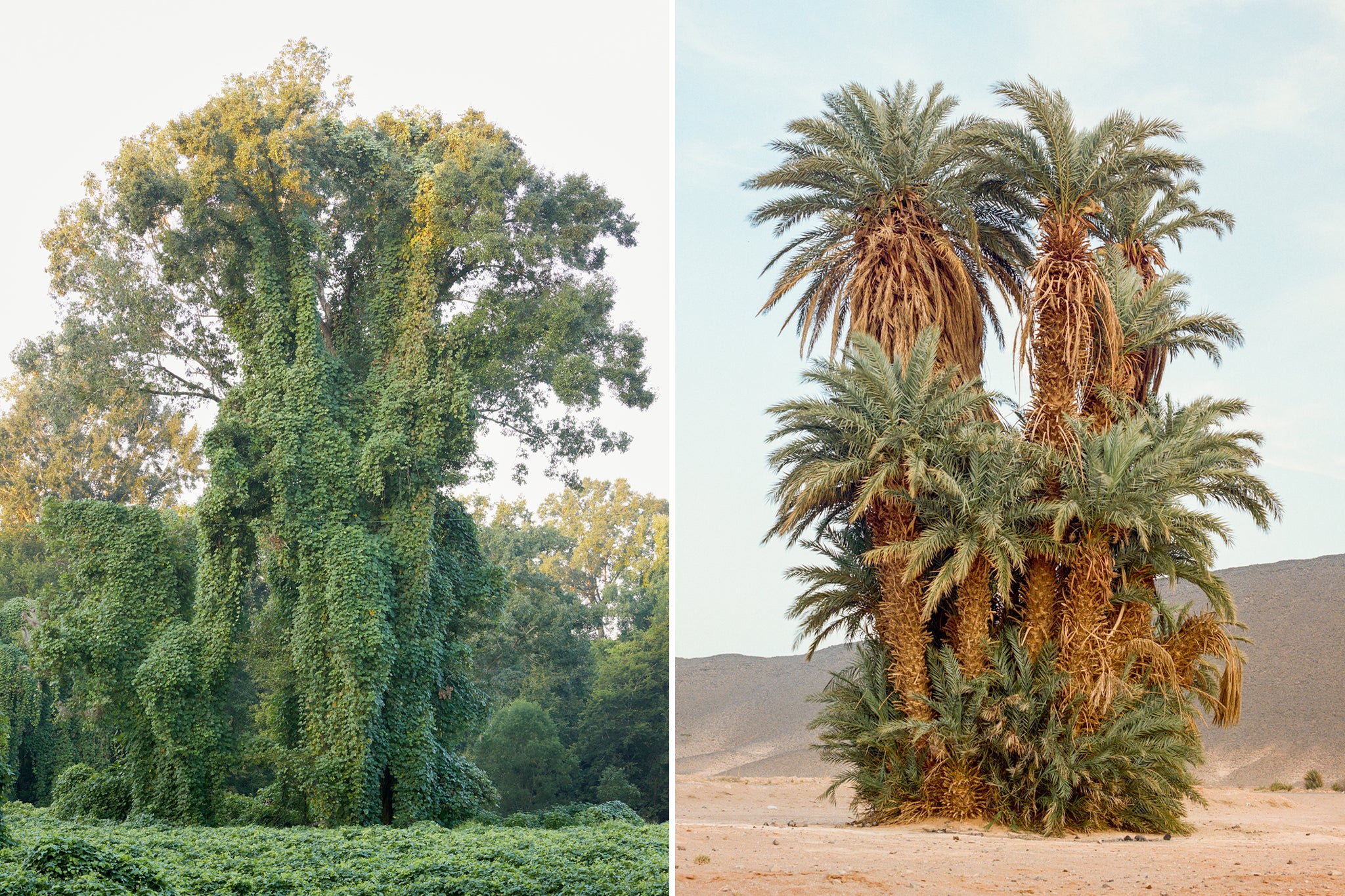
Your support helps us to tell the story
This election is still a dead heat, according to most polls. In a fight with such wafer-thin margins, we need reporters on the ground talking to the people Trump and Harris are courting. Your support allows us to keep sending journalists to the story.
The Independent is trusted by 27 million Americans from across the entire political spectrum every month. Unlike many other quality news outlets, we choose not to lock you out of our reporting and analysis with paywalls. But quality journalism must still be paid for.
Help us keep bring these critical stories to light. Your support makes all the difference.
Time spent among trees is ever more widely understood to be time spent reducing stress, clearing one’s mind and extending one’s life.
Nature enthusiasts say “forest bathing”, as walking in the woods has become known in some circles, ought to be prescribed on the NHS in light of the evidence that it carries great health benefits.
Outside of forests, trees prove immeasurably valuable in towns and cities, supporting the respiration of urban residents while interrupting often tedious views of bricks and tarmac (there’s rather more that could be said in consideration of the other animals that make use of trees in these environments).

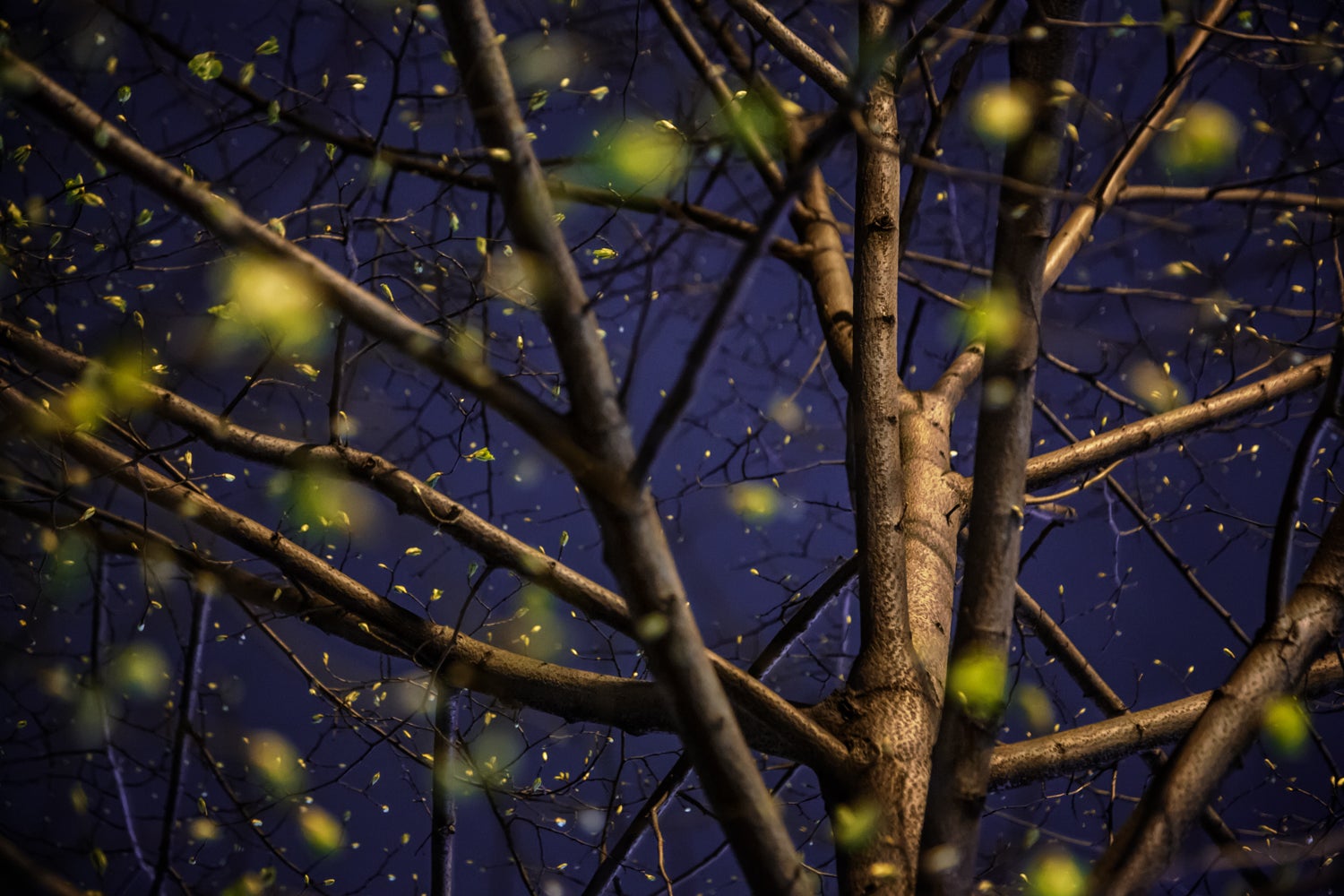
Take the case of a jogger in New York who recorded his daily routes on his phone for months. On review he noticed that he had unconsciously navigated Manhattan’s Upper East Side by its tree-lined streets, neglecting those less green, as if answering some imperceptible call of nature.
Scientists found that the therapeutic qualities of trees derive, at least in part, from the plants’ release of immune system-boosting chemicals called phytoncides – it may sound like a fanciful conclusion but it persuaded Japanese doctors to start prescribing forest baths as a means of preventative healthcare.
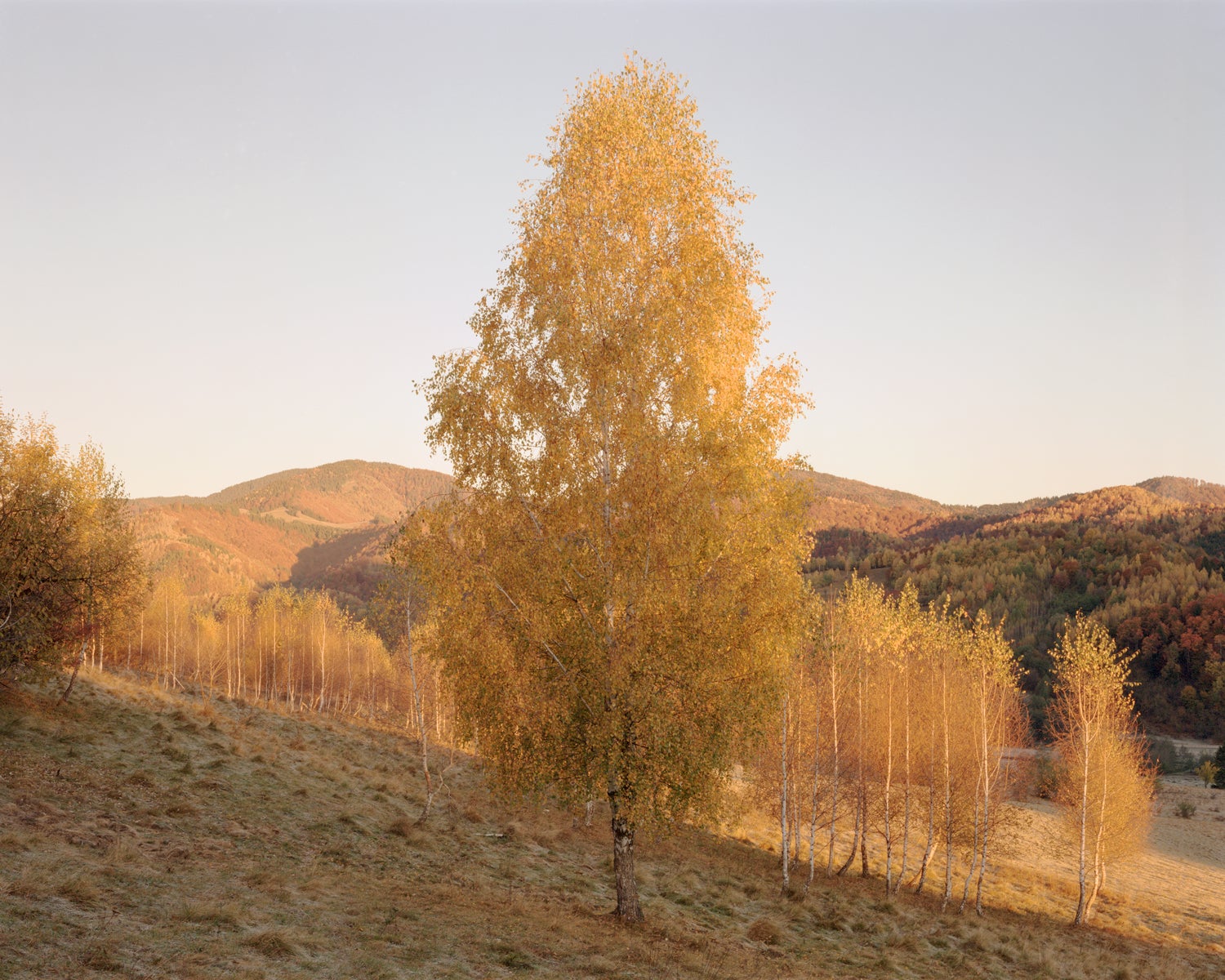
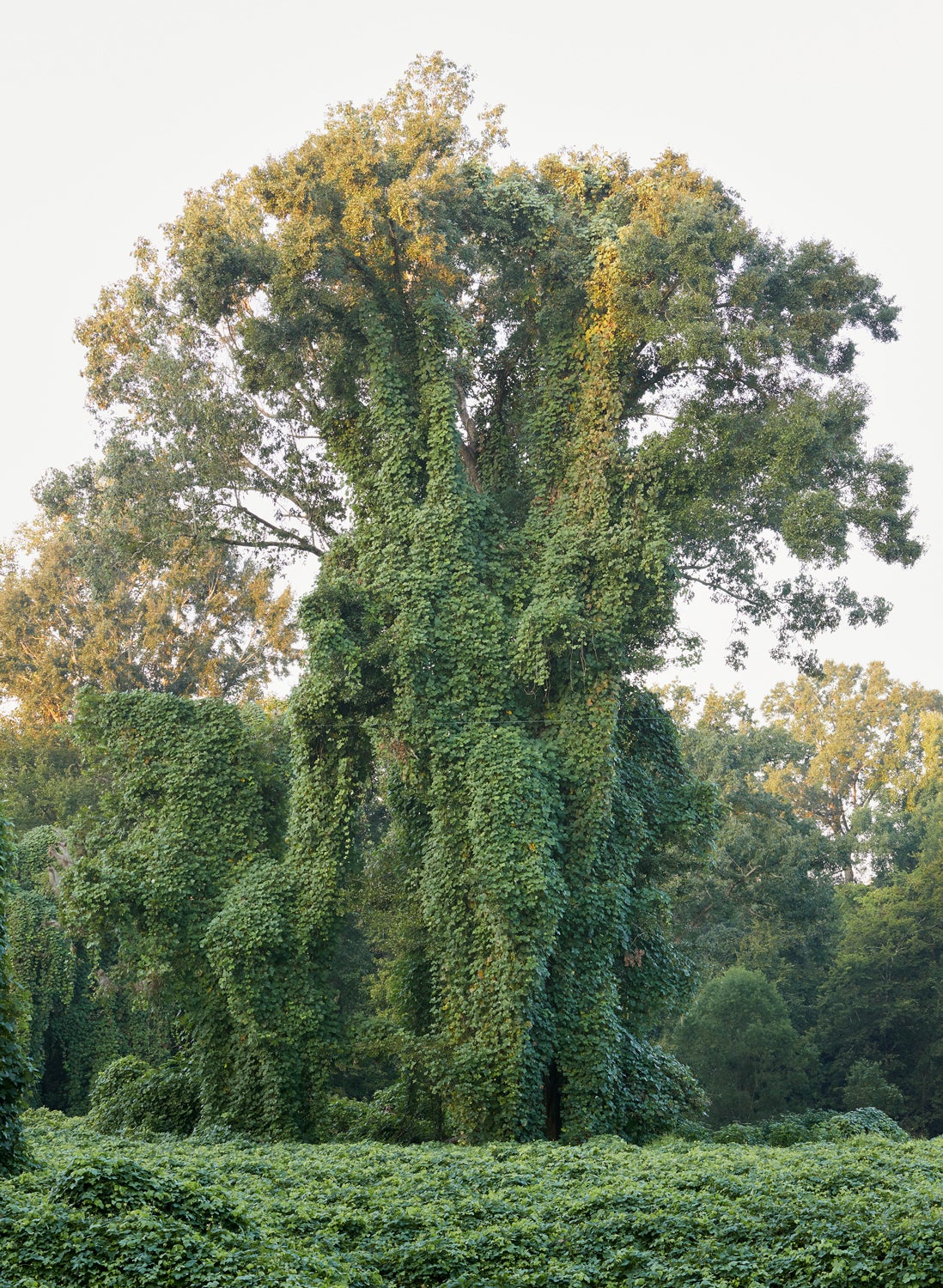
People less concerned with the chemical reasoning might be satisfied by the argument that it’s just nice to look at trees. That is the case Sophie Howarth puts forward in her new book, Looking at Trees, published by Hoxton Mini Press, which compiles more than 100 delightful pictures of trees from photographers all over the world.
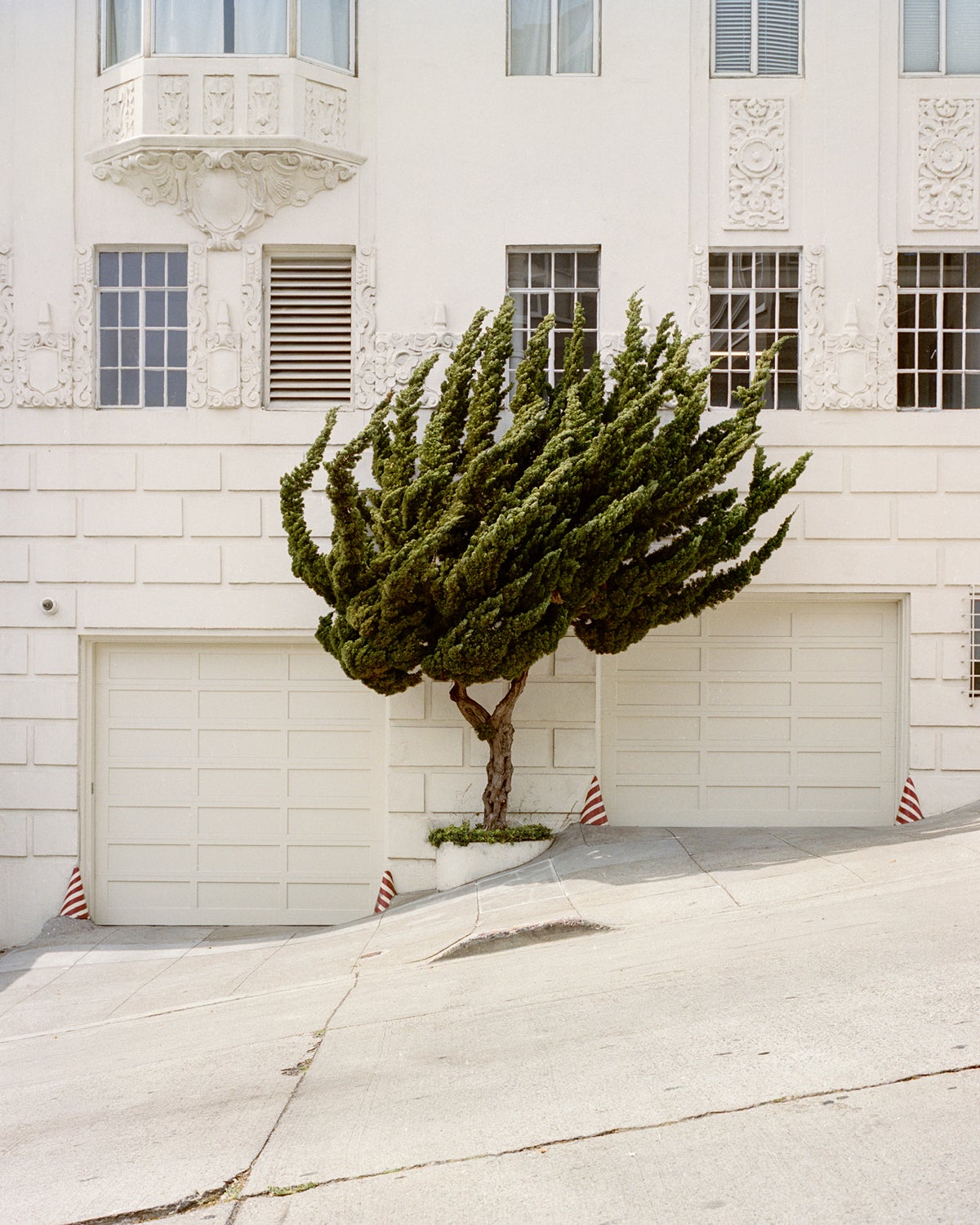
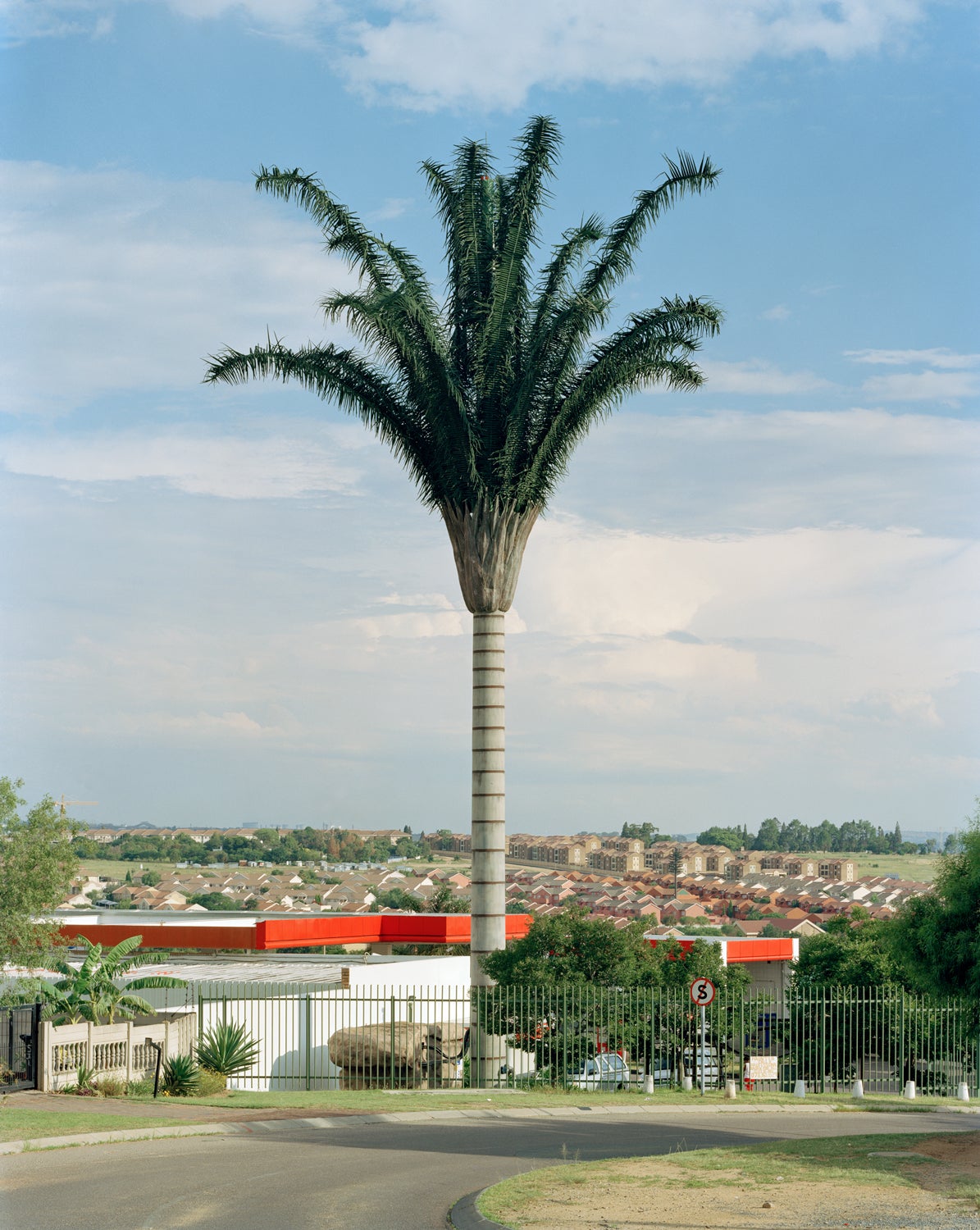
Amid outstanding imagery of some of the plant world’s most beautiful offerings, Howarth, whose earlier book Street Photography Now celebrated the built environment, encourages readers to stop and appreciate the trees in their own lives.
“Some of us are fortunate enough to live near forests or woodlands, and most of us live within walking distance of at least a few trees, but how often do we really look closely at them?,” she writes.
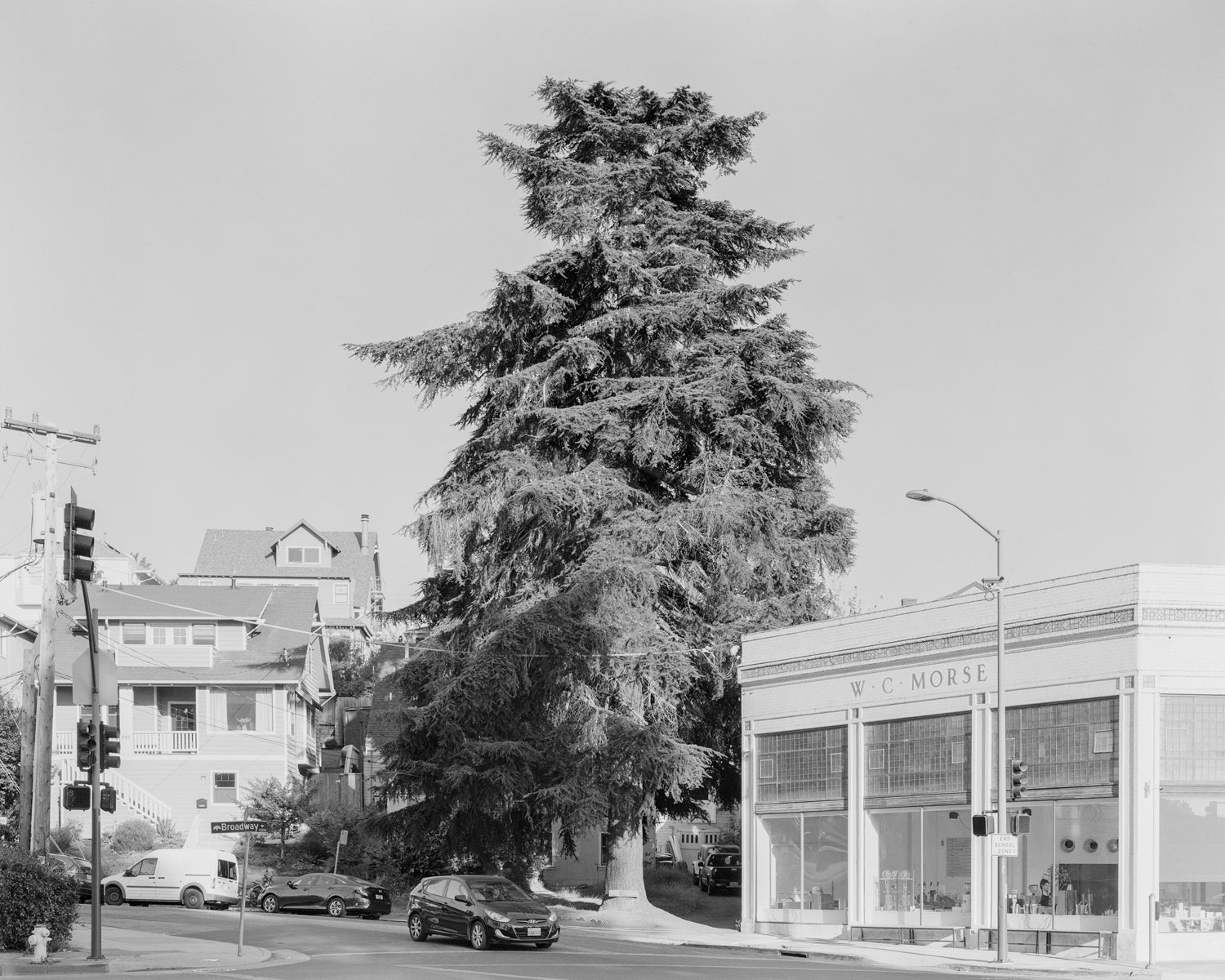
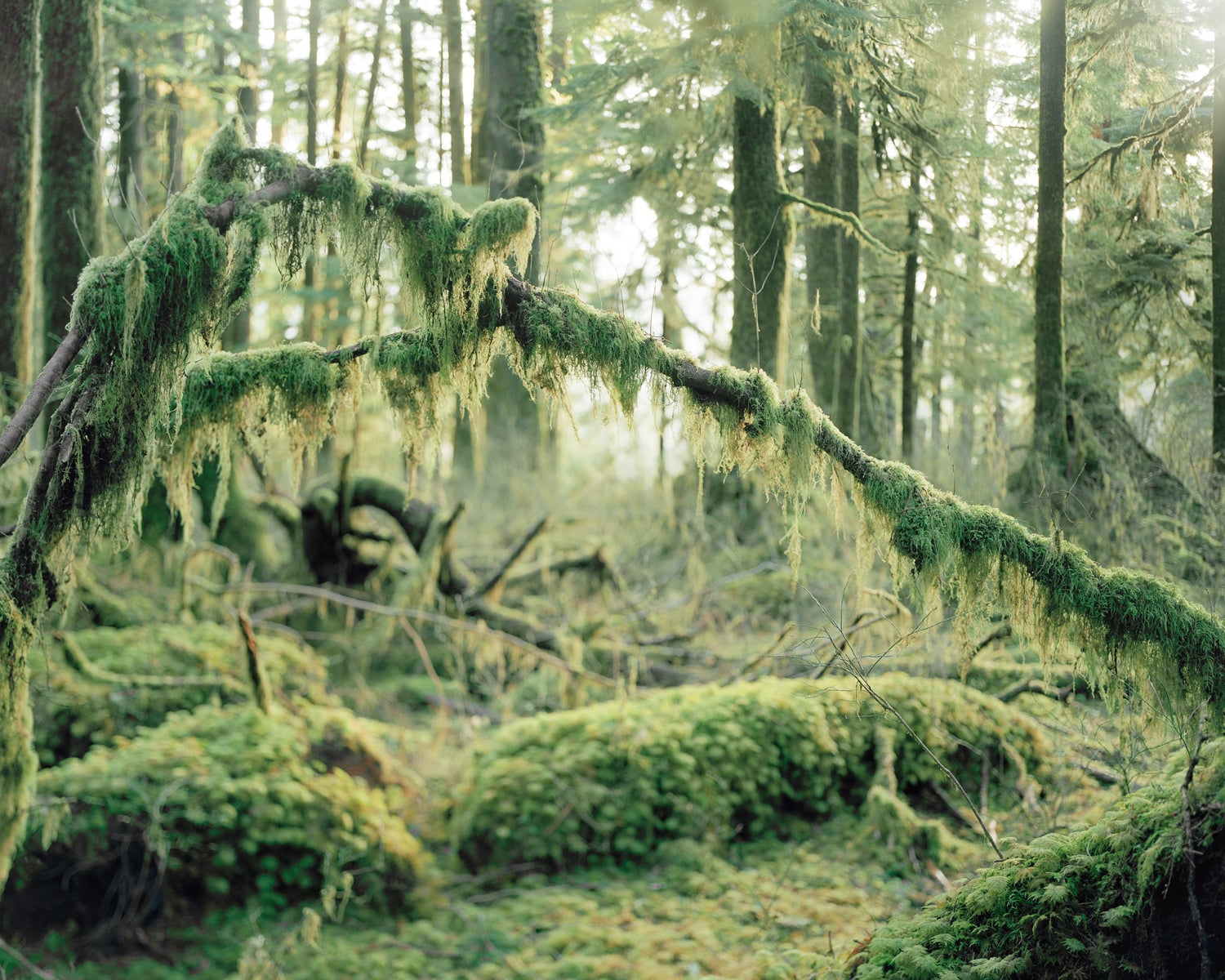
“It’s a curious thing to walk past living, breathing lifeforms, sometimes over 100ft tall, and barely even notice them, yet we do it almost every day.”
Outcry over the recent felling of a beloved, ancient tree – the Sycamore Gap in Northumberland – belied a sensitivity in the public mind that is more commonly disturbed by crimes against humans or animals.
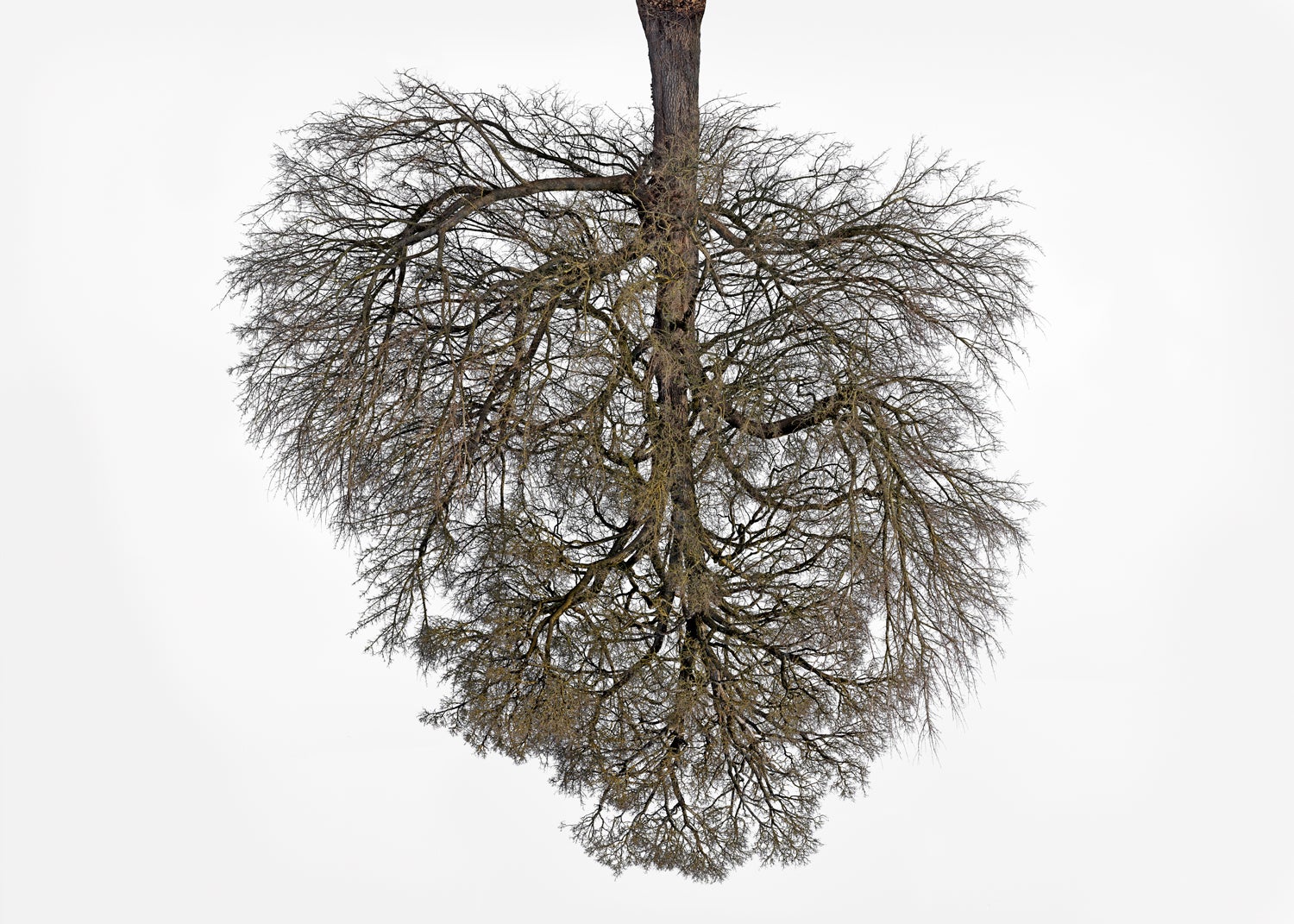

Howarth would see nothing strange in this attachment to what are, undeniably, life-givers. The opening paragraphs of her book examine the rapidly increasing relative value of trees to society as the state of the environment deteriorates.

“If to be crazy about someone is to be in love with them, and to be crazy about something is to be very enthusiastic about it, shouldn’t we all be crazy about trees?
“The word crazy is of course also synonymous with insanity, but sanity is an increasingly unstable concept in a world that’s hurtling towards ecological self-destruction.”
‘Looking at Trees’ by Sophie Howarth is published by Hoxton Mini Press
Join our commenting forum
Join thought-provoking conversations, follow other Independent readers and see their replies
Comments